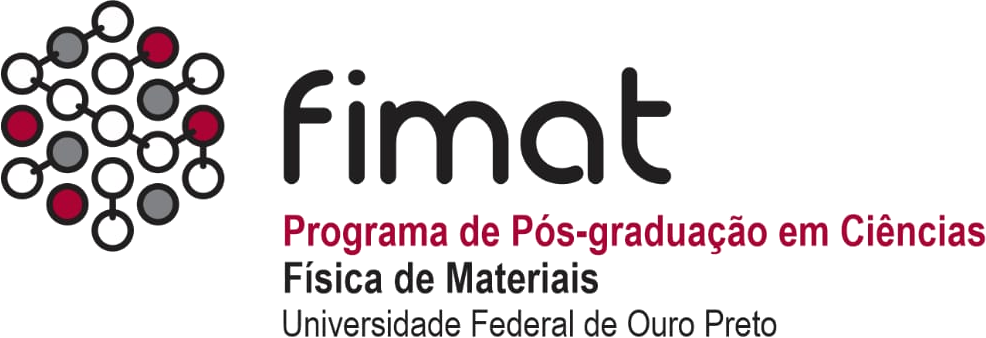Abstract:
The conversion of CO2 into valuable chemical feedstock through photocatalysis is considered an effective strategy to mitigate global warming and energy supply problems. Among the challenges for CO2 photoreduction are the design and synthesis of active photocatalysts with high affinity for the CO2 molecule and suitable reduction potentials of valence and conduction bands to promote the reduction of the CO2 molecule. Molecular sieves (MCM-41) with semiconductors, such as copper oxide, are alternatives to the traditional semiconductors (TiO2 and ZnO) with high CO2 adsorption capacity, high specific surface area, and good stability, making them perfect candidates for photocatalysis. Therefore, in this work, mesoporous composite materials based on MCM-41 and CuO were synthesized via the impregnation method. The synthesized materials were chemically, structurally, and morphologically characterized by XRD, SEM, FTIR, XPS, DRS, N2 adsorption and desorption, and atomic absorption spectroscopy techniques, and the photocatalytic activity in the reduction of CO2 was evaluated under visible radiation. We show that MCM-41 and the composite MCM-41/CuO have significant potential for use in the CO2 photoreduction process, where the composition and different active sites in the photocatalysts play an important role in the activity and selectivity of the products formed. The results showed that the MCM-41 and the composite with 1% (w/w%) CuO presented high selectivity and production of methanol, with 585.88 and 267.05 μmol.gcatalyst-1, respectively. Thus, the findings demonstrated the versatility of the MCM-41 to form composites with semiconductors, as well as the need to comprehend the main aspects that influence CO2 photoreduction activities and the selectivity of the composites, including their surface, structural, and electrical features.